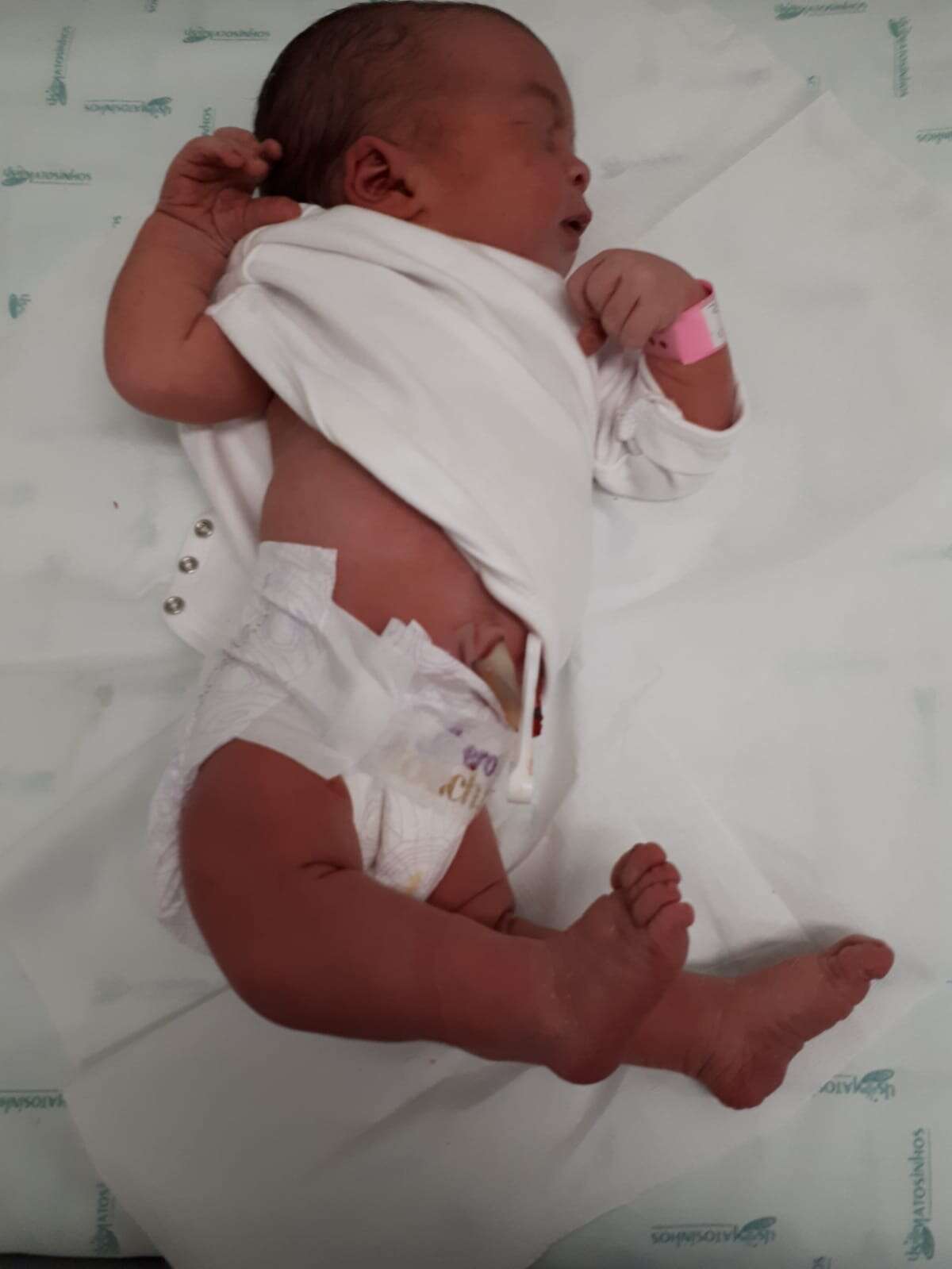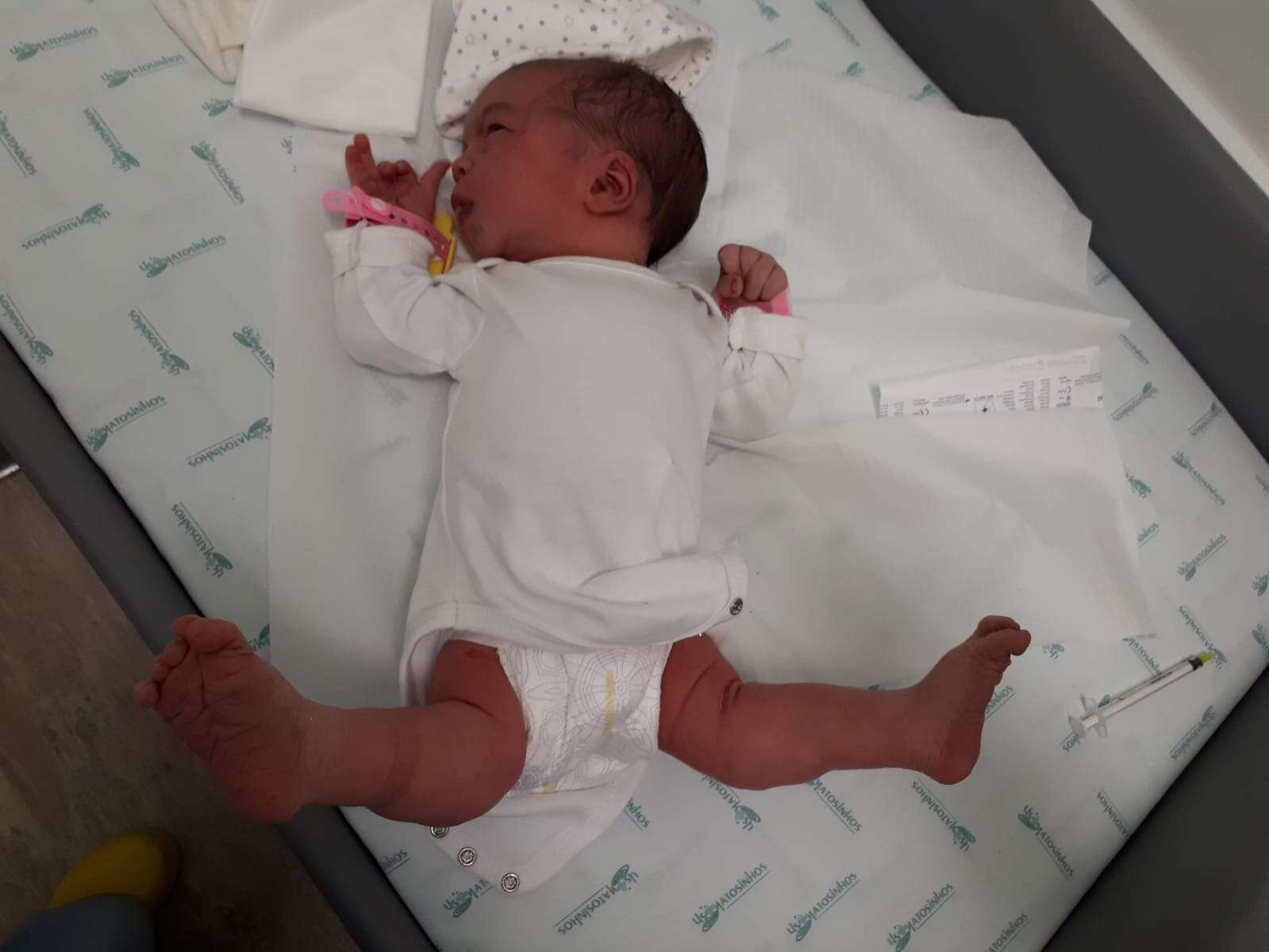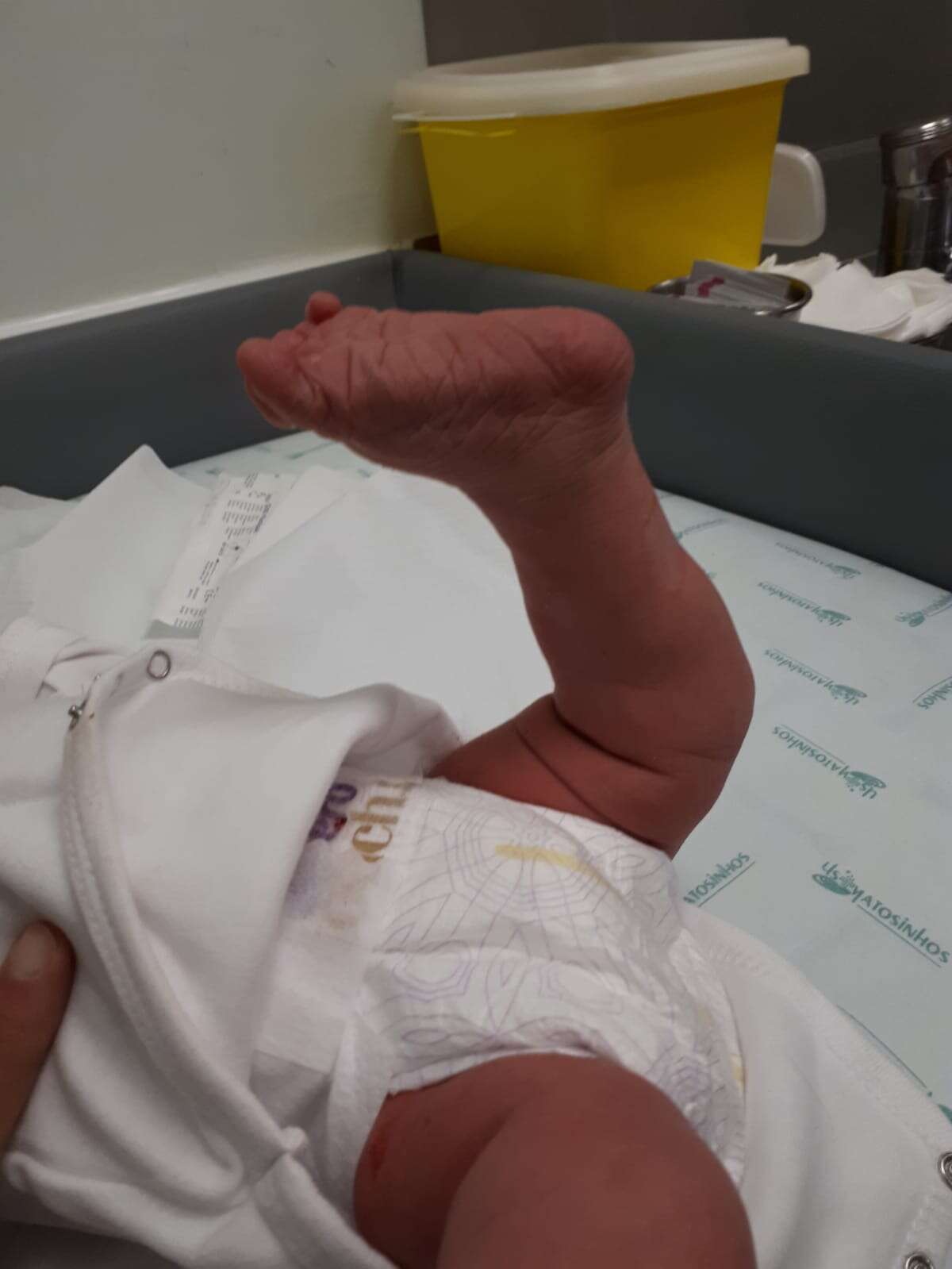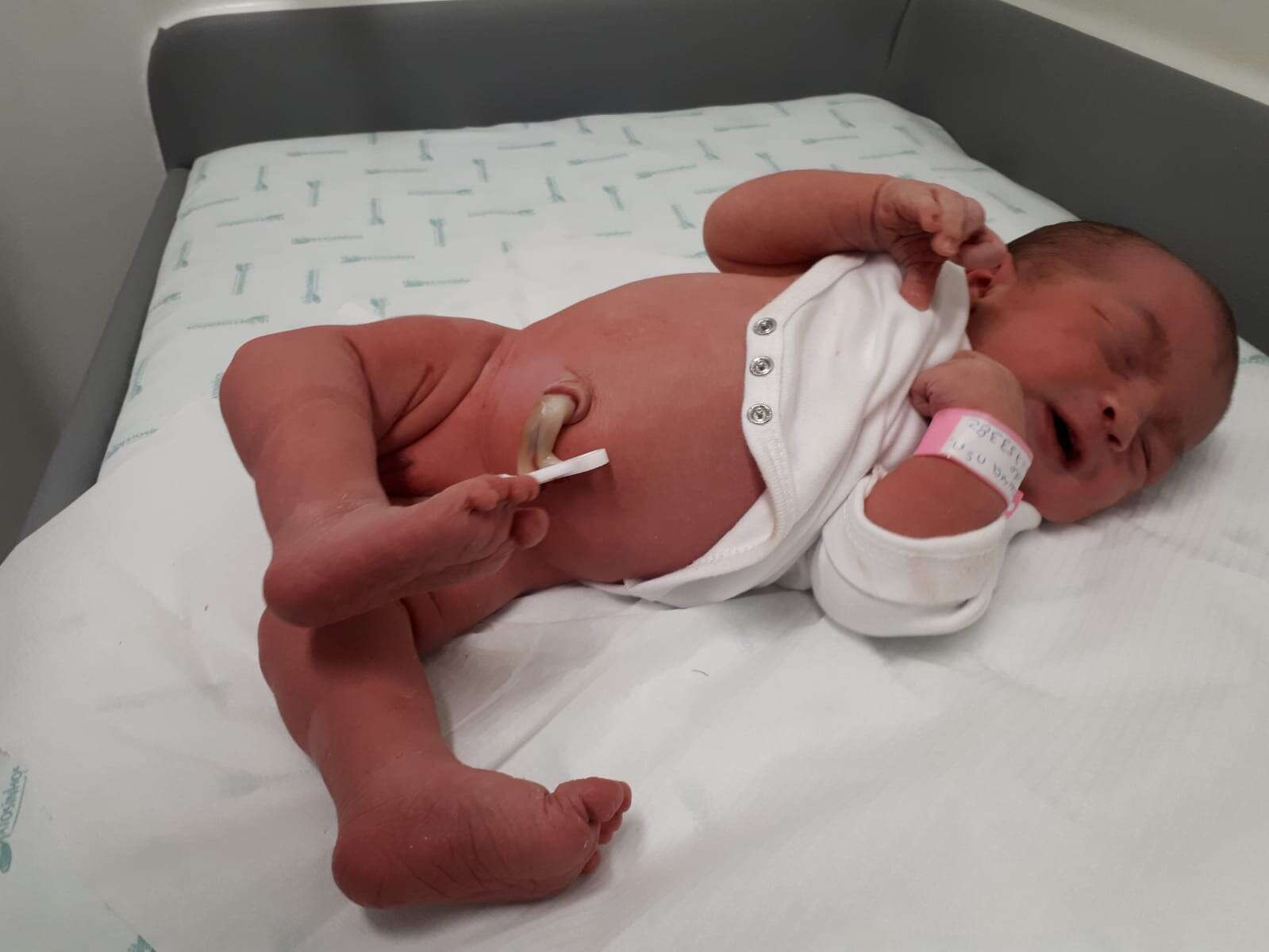
Congenital Knee Dislocation: Importance of Early Diagnosis
2Neonatologia, Hospital Pedro Hispano, Portugal
Background: Congenital knee dislocation (CKD) is a rare anomaly, with an incidence of about 1%, that mostly affects female sex (ratio 10:3). In CKD there is a variable anterior displacement of the tibia under the femur, frequently associated with other musculoskeletal abnormalities (hip developmental dysplasia, equine varus foot) or syndromes (Larsen syndrome). Fibrosis and shortening of the quadriceps muscle with supra-patellar hypoplasia is a pathognomonic characteristic of CKD. Even though treatment is difficult and controversial, most authors advocate conservative treatment.
Clinical Case: Female new-born, first child of healthy and non-consanguineous young parents. Single term pregnancy, with normal evolution. Maternal serologies were negative and prenatal ultrasound scans did not detect any anomalies. Eutocic delivery, anthropometry was appropriate to gestational age, with Apgar Index 9/10. Physical examination at birth detected an abnormal position of the knees and legs, with no other associated anomalies. Those findings were interpreted as a congenital knee dislocation and the newborn was evaluated by orthopedics, confirming the diagnosis. The treatment of choice was conservative and, therefore, a plaster cast was applied. Control radiography was performed and the patient was discharged, with neonatal and orthopedic referral in order to guarantee an adequate follow-up.
Conclusion: The conservative approach, with immediate reduction of the dislocation within the first hours of life, is in agreement with most of the literature. The detection of other associated orthopedic anomalies on physical examination is still of primary importance. This case highlights the role of the pediatrician in the identification, diagnosis and early intervention of these situations.






Powered by Eventact EMS